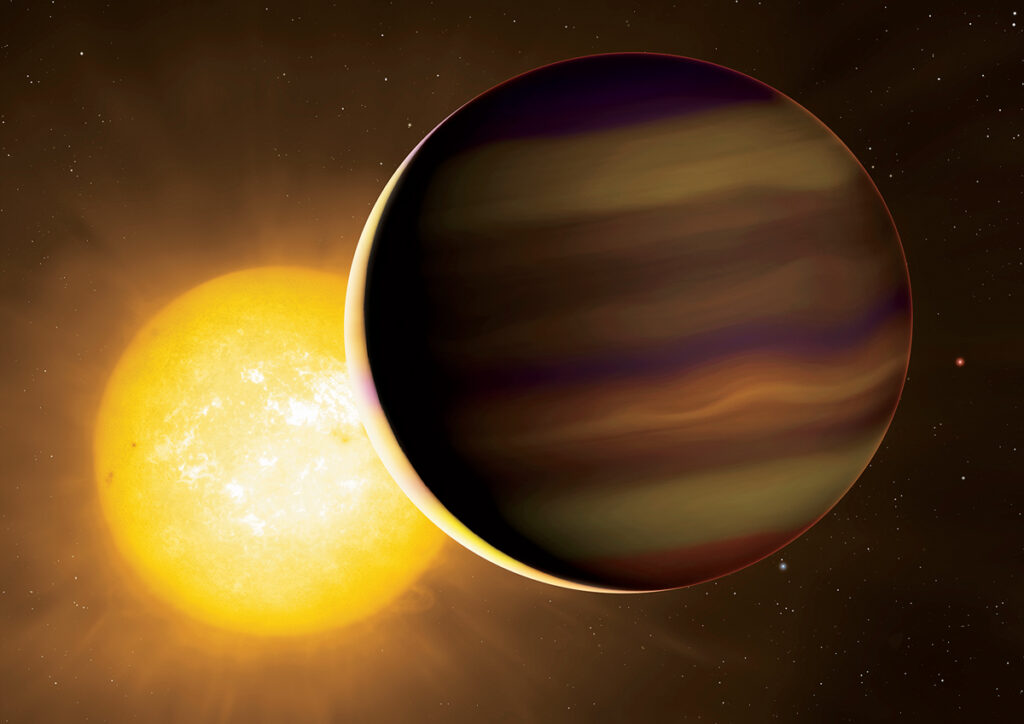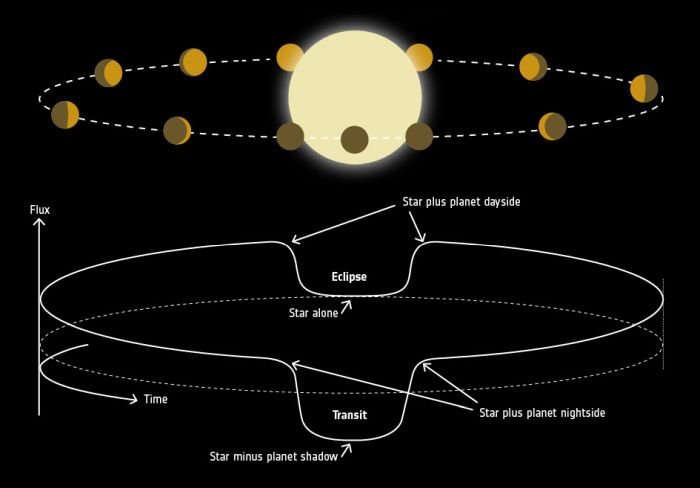Astronomers accidentally “lost” three exoplanets
The objects Kepler-854b, Kepler-840b, and Kepler-699b are no longer regarded as exoplanets, according to a fresh study utilizing the updated features. Scientists contend that they are too big for planets. These things are most likely merely little stars. Kepler-747b, the fourth object, is dubious. It could take more details to find it.

Astronomers have so far confirmed more than 5,000 exoplanets. Only three of the examples really proved to be incorrect. This demonstrates the astounding precision of exoplanet detection with the current sensors, with an error of just 0.06%. Additionally, it implies that in the future, exoplanet diagnoses can be made with greater assurance by scientists.
There may be some fuzziness in the distinction between the masses of the planets and the stars. These borders do, however, exist. Below a certain size, objects can no longer exert the pressure and heat necessary to start the hydrogen fusion that powers the star. They develop into planets, similar to hot Jupiters. A star is born when an item crosses a particular threshold. “The majority of newly found exoplanets are Jupiter-sized. Already, the existence of a planet for a body twice the size of Jupiter is disputed. It’s most likely a star, says astronomer and Massachusetts Institute of Technology project manager Prajval Niraula.
Error detection
The so-called phase curve was first employed by scientists as exoplanet detection techniques and equipment advanced. It contains starlight that the exoplanet reflects as it circles the sun. This approach reveals further details about the asteroid that is circling the star.

Initially, Niraula and his team looked at the phase curves to look for exoplanets that had gravitational interactions with the parent star that caused them to take on the shape of lemons. This deformation can provide information about the items’ mass. It may also be used to assess whether a pair of bodies in a two-body system are a star and an exoplanet or a star and a lesser star.
Kepler-854b was identified as an exoplanet in 2016. We were unable to precisely label items back then thanks to the tools. Kepler-854b was re-studied in 2021, and this is when we first noticed a problem. “All of a sudden, we found a device that produced this elliptical signal, which seemed quite convincing. We quickly determined the object could not be a planet, according to astronomer Avi Shporer of the Massachusetts Institute of Technology’s Kavli Institute for Astrophysics and Space Research.
Checking with Gaia
When Niraula and his colleagues used the Gaia Observatory to evaluate Kepler-854b’s parameters, they discovered that the exoplanet was far bigger than they had anticipated, measuring nearly three times the size of Jupiter. Their calculations revealed that it had a mass that was 239 times bigger than Jupiter’s. Nearly ten Jupiter masses are the planet’s maximum mass.
A planet of this magnitude cannot exist in the cosmos, Sporer said.
The researchers then went back and looked at the whole Kepler telescope database again using Gaia. It came discovered that Kepler-840b and Kepler-699b are both 2.76 and 2.5 times bigger than Jupiter, respectively. Only Kepler-747b, which is 1.84 times bigger than the gas giant, is in question. Remember that it is suspicious if the size is greater than twice that of Jupiter.
The Astronomical Journal had the study published.
Recall that earlier, a further exoplanet was discovered around the sun-nearest star.
Do not forget to share your opinion with us to provide you with the best posts !




0 Comments